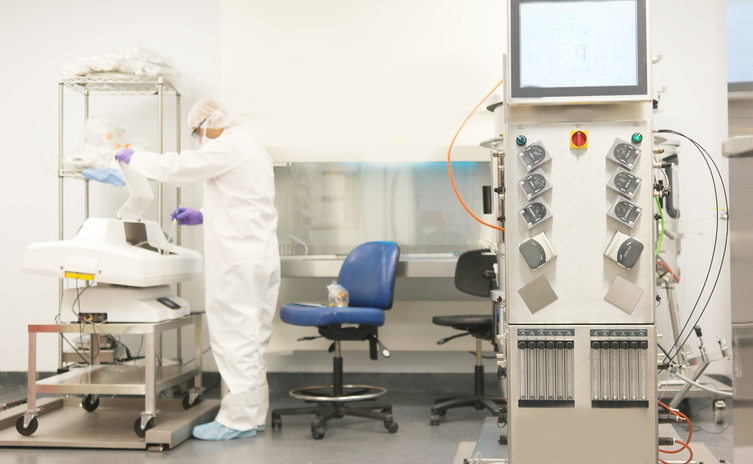Syngene International, a global contract research, development, and manufacturing organization (CRDMO), reports that that its newly upgraded biologics facility (Unit 3) in Bangalore, India, will be operational for clinical and commercial supply for U.S. and European clients in the second half of 2024.
The drug substance capacity includes two production suites with five 2KL single-use bioreactors each, for a total capacity of 20KL. The facility also includes two high-speed vial filling lines capable of producing up to one million vials per day ranging from one to 100mL fill volumes. In addition to the production capacity, the site has a development suite for clinical supply of drug substance equipped with a 500L single-use bioreactor.
The facility triples Syngene’s biomanufacturing capacity and adds to its existing commercial manufacturing Bangalore site (BMP 1), which has been approved by the FDA and EMA, as well as a PROTAC research site in Hyderabad, India.
Further expansion plans
Syngene officials say the company has further expansion plans for two additional vial filling isolator lines with capacity for six hundred vials/minute and one hundred vials/minute respectively and drug substance expansion into perfusion cell culture processing.
“We see interest not only from existing partners looking to move innovative biologics into clinical and commercial manufacturing, but also from new biotechs and big pharma companies,” said Jonathan Hunt, MD, CEO, Syngene International. “In particular, there is demand from commercial clients looking for immediately available capacity.”
The $98m manufacturing site is integrated with other biologics capabilities in the city including around 170 R&D scientists. The company also has a microbial cGMP facility and a mammalian cell manufacturing facility to extend end-to-end Chemistry, Manufacturing and Control (CMC) development solutions for its global clients, according to Alex Del Priore, senior vice president, manufacturing services, Syngene International.
“Unit 3 provides the capacity to support our customers’ growth and will become our flagship location for both our core business and the emerging growth areas in ADCs or cell and gene therapy,” he continued. “The site is integrated with nearby R&D, drug substance and drug product capabilities to improve our time to clinical trials and reduce cost per gram.”


